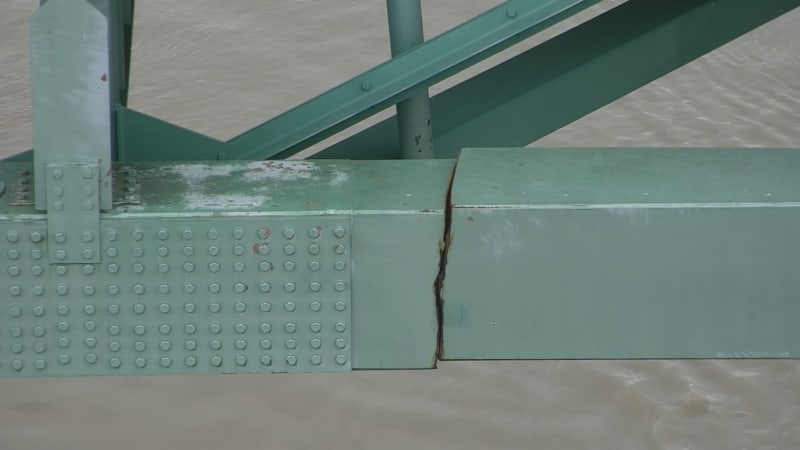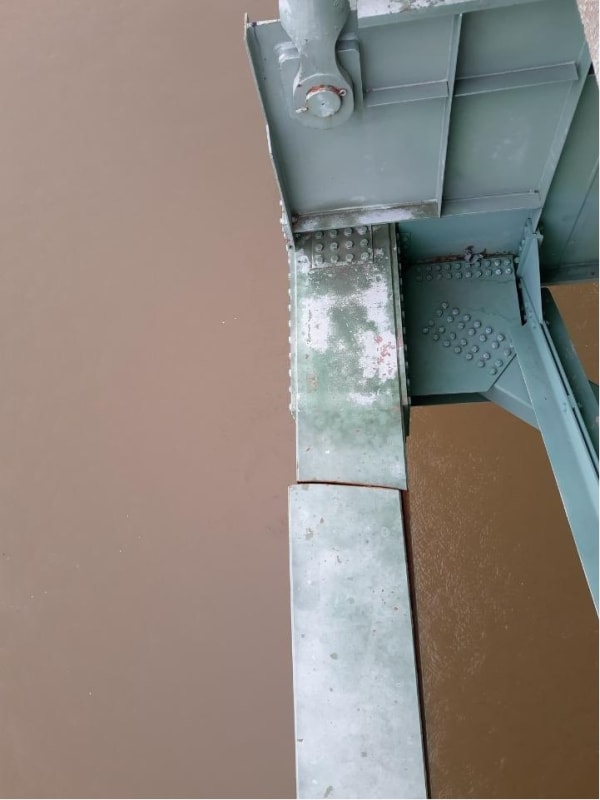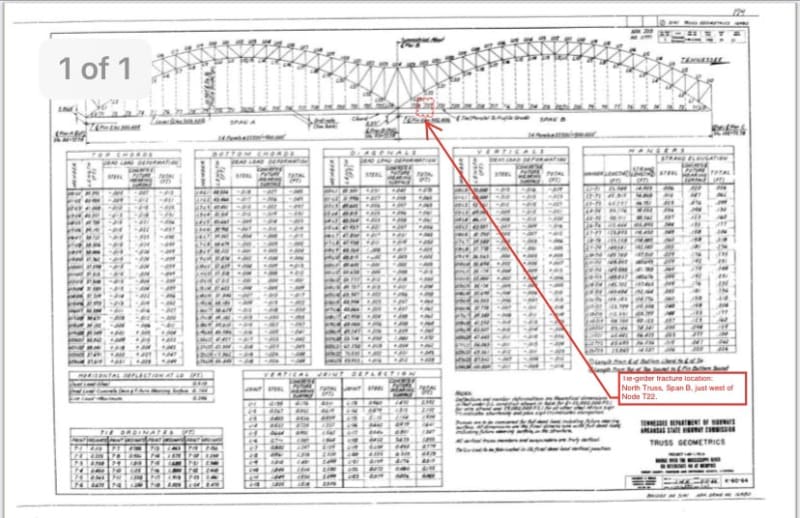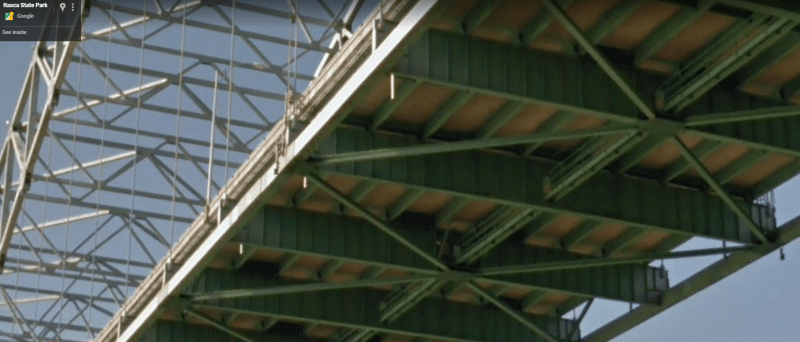-
1
- #1
human909
Structural
- Mar 19, 2018
- 2,128
Some pretty serious looking issues here.






Follow along with the video below to see how to install our site as a web app on your home screen.
Note: This feature may not be available in some browsers.

I don't think that area is tension I believe it would be compression from hogging about the supporting tie.TLHC said:Also, that's a weird looking failure. It's not what I would picture for a tension failure
Did the tie fracture? I didn't hear or see about this detail.hokie66 said:Tied arch bridge. When the tie fractured, it didn't go far, so the bridge compensated by taking the load on that side in truss action. I am not a bridge engineer, but to me, that looks like the desirable redundant type design often talked about.
Degges explained the structure and the crack like this: The box beam is made of steel panels that are a little under 2 feet wide and about 32 inches tall. Those four plates of steel are welded together, but three of the plates have separated, by a fraction of an inch. The bottom, fourth piece of the box beam has a crack that's about 20% the width of the steel, he said.
